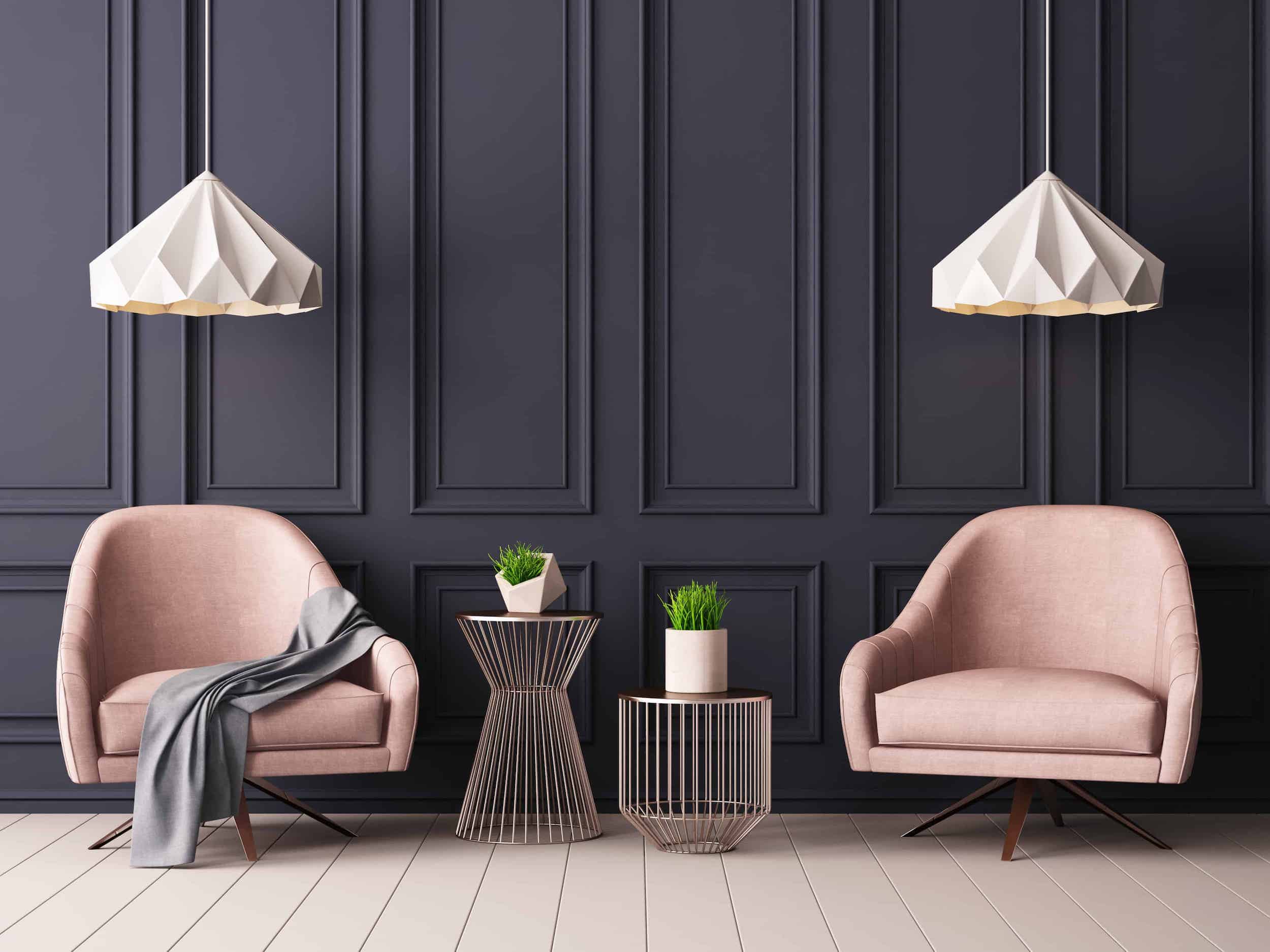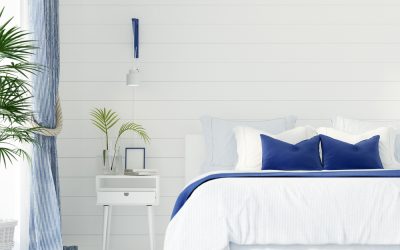Classical décor speaks opulence and luxury, and as you have probably guessed from the name, classical style is heavily influenced by the neoclassical revival during the 18th and 19th centuries. Rooted in European sensibilities, it relies heavily on history (read: antiques) and natural elements such as wood to create a space that is calm and orderly, and while millennials tend to shy away from the orderly nature of traditional, many elements of classical design are truly fascinating and can be seamlessly incorporated into a modern setting when done right. Traditional need not equal boring.
Harmony and order
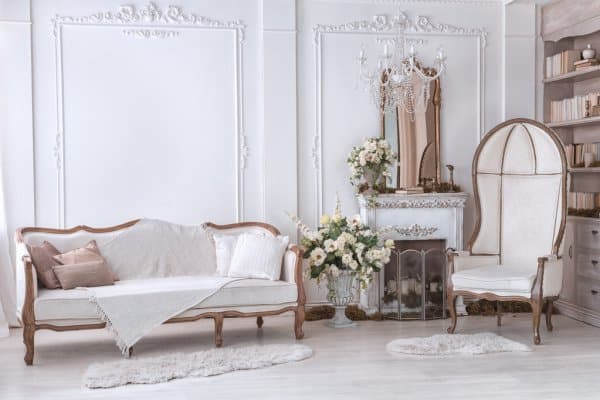
The focal point in traditional décor is usually a fireplace, an ornate mirror, an oil painting, or an intricately made wooden table. The rest of the room revolves around the focal point in perfect symmetry. You might think that the symmetrical aspect of classical design can feel a bit too predictable, but in fact, symmetry is used to create a calm, harmonious, balanced, and orderly space.
The art of traditional colours
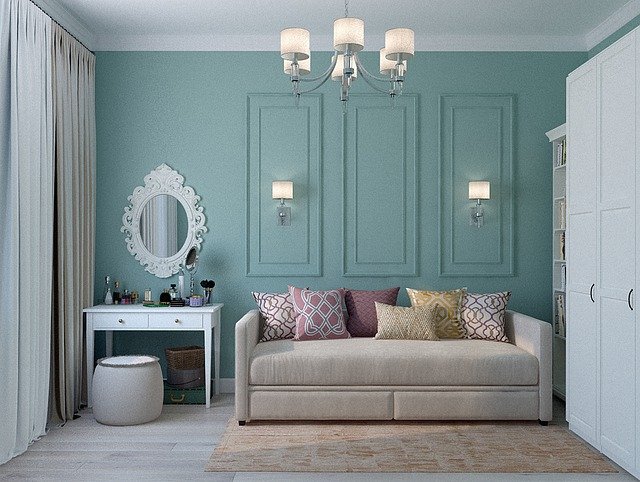
You might have noticed how neutral walls are key in traditional decor, but neutral does not equal plain at all. In fact, walls in traditional décor are often accented by crisp white mouldings in doorways, archways, and ceilings. The combination of accented neutrals forms the perfect backdrop for art, antiques and regal furnishings. Wooden panelling on walls adds depth and layers without being too pretentious.
Whilst neutral walls are typical, colour plays a big part too. Traditional homes often feature dark, finished wood, and a rich jewel-like colour palette (think green, red, and brown). The colour you add can appears in the form of art, textiles used such as silk and velvet, and ornate furnishings. These elements come together to create complexity, dimensionality, and layers. In the traditional design, colour palettes maybe dark or light, but they are always warm and welcoming.
Regal furnishings and beautiful antiques
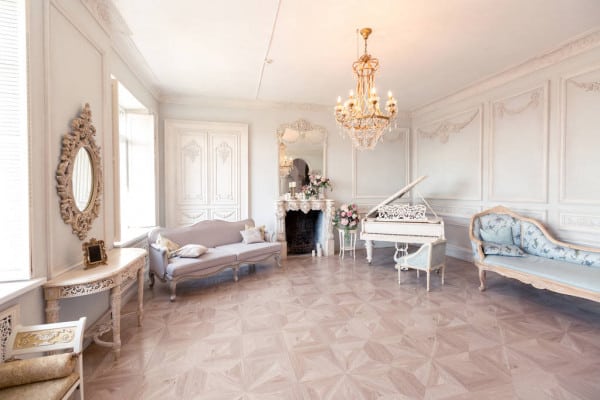
Since the traditional style takes inspiration from 18th and 19th century Europe, furnishings are regal and ornate. The jewel-like textiles used add depth, character, and a royal feel. The wingback chair with its wooden legs and winged sides is a classical example of traditional furniture that has withstood the test of time and is commonly used nowadays in other design styles.
If you are decorating a space in the classical design, take inspiration from Greek architecture by adding architectural mouldings, columns, busts, and wooden paneling. Your neutral walls will help you create the classical backdrop necessary for the accessories to pop. Antique vases, chandeliers, detailed candle holders, and rich colours are commonly used to add layers of character and luxury to the space and dress the neutral walls.
Traditional fabrics
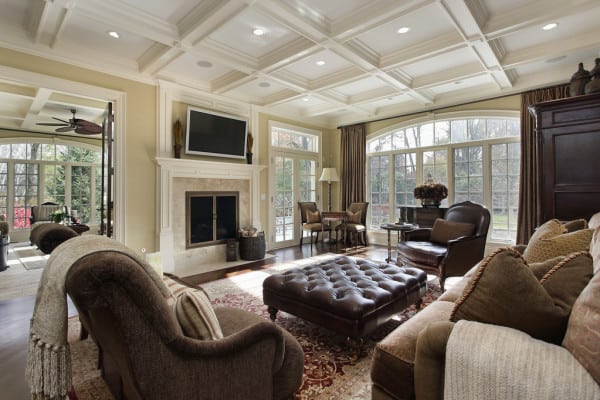
Traditional textiles are heavy, rich, and regal. Bare window or blinds do not exist in classical designs. Instead, expensive textiles such as leather, silk, and velvet feature heavily in classical home and are used to make drapery, layered curtains, and trim. Bold, ornate patterns on upholstery add a touch of royalty.
Make it work!
Traditional design wins at making a space homey and comfortable, but if used as a whole the classical style can appear a little busy. To keep the space from looking dated or cluttered, you could include a few key traditional elements to your space for that calm, rooted, and comfortable feel. It does not have to be an inflexible all-or-nothing choice. Adding some bold prints to your upholstery or antique pieces to accessorise your home adds the right bit of traditional without overcrowding the space with too many frills. In fact, if done right, a little bit of traditional can add a level of comfort and familiarity to a home that trendy or modern simply cannot.
